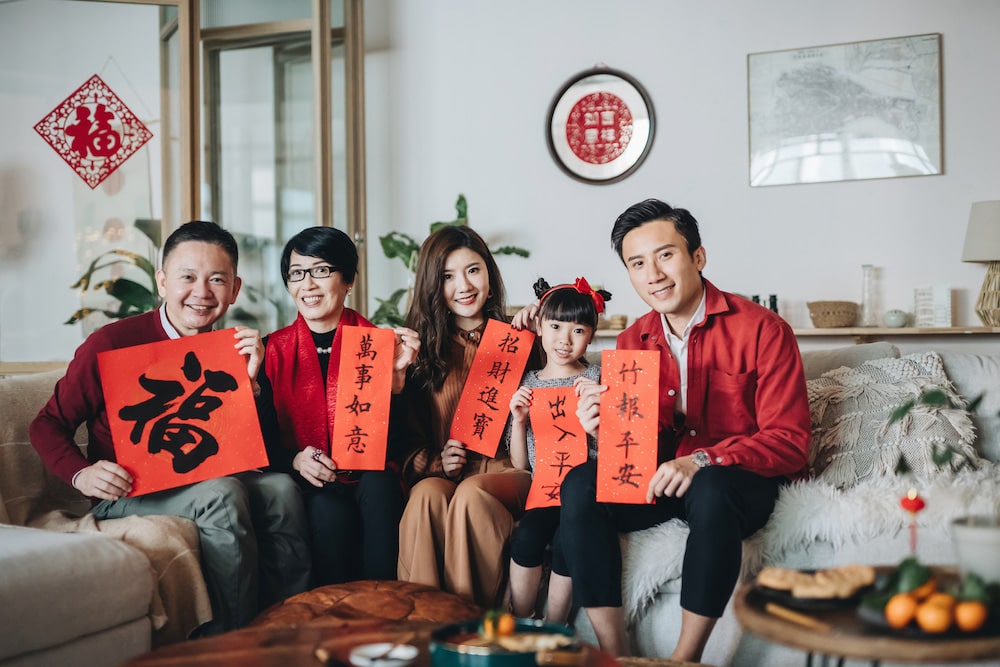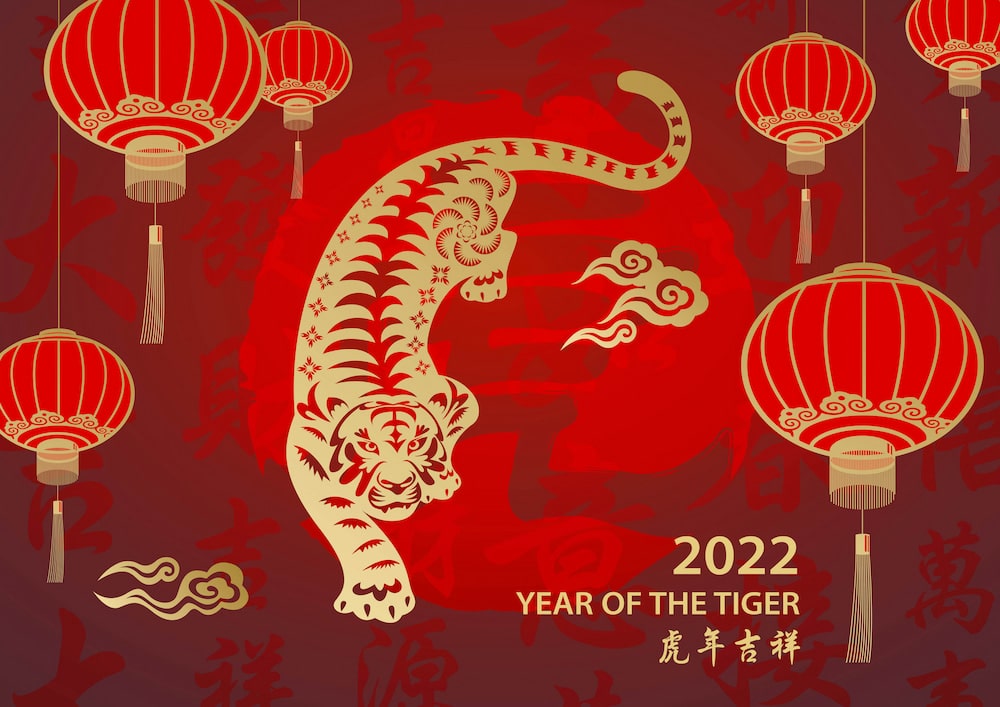Next week, the Year of the Tiger begins for China and other Asian countries. Tuesday, 1 February, is the Lunar or Chinese New Year (过年), or the Spring Festival – the heart of more than three weeks of festivities, family reunions, and fireworks.
“In Chinese culture, the tiger symbolises bravery and strength, as the Chinese people often refer to spirited dragon and dynamic tiger, or soaring dragon and leaping tiger,” said Wang Xining, Chargé d’Affaires of the People’s Republic of China to Australia. “Over the past two years, both the Chinese people and the Australian people have experienced many difficulties and challenges as the COVID-19 pandemic has had a huge impact on people’s lives.
“We hope that in the coming Year of the Tiger 2022, both Chinese and Australian people will add wings to the tiger, and act with the courage and strength of the tiger to overcome all obstacles on our way forward. Let us jointly light up the future of our better life!”
New Year is the most important festival in China. Traditionally, it was a time to honour ancestors, explained Counsellor Rui Gao, from the Chinese Embassy; it has become a time to feast and to visit family members, relatives, and friends.

The festival lasts 23 days, from the ‘little year’ (the 23rd day of the 12th lunar month) to the 15th day (the Lantern Festival).
The ‘little year’ marks the beginning of the New Year preparations. People clean their houses (considered bad luck during New Year itself), and shop.
New Year’s Eve falls on the last day of the lunar month (31 January); Chinese people put up spring decorations on their windows and doors, and hold a reunion dinner with their close relatives. Millions will watch the Chinese Spring Festival Gala, which holds the Guinness World Record for the most watched television program in the world – by some 498.7 million people in 2012. The night ends with fireworks, and children receive red envelopes with money (壓歲錢, yāsuì qián) – a good luck token for the coming year.
On the first day of the New Year, people get up early to set off firecrackers and fireworks, offer sacrifices to their ancestors, and have a reunion breakfast, of dumplings (in the north) or New Year cake (in the south). The whole day, people stay home, watch TV, and play games.
From the second to the seventh day, people visit their relatives and friends, beginning with the wife’s parents. The fourth day is considered unlucky, so Chinese people stay home and do not go out.
On the eighth day, most people return to work, but the festivities continue, culminating on the 15th day with the Lantern Festival (元宵节). People light and watch lanterns in parks or temples, eat sweet dumplings, and release more fireworks.

According to one popular legend, those fireworks frightened off a monster, Ms Gao explained. In ancient times, every Lunar New Year’s Eve, the beast Nian (年, which sounds like the word for “year”) showed up to eat people, livestock, and crops, but people scared away the monster with loud noises and the colour red. Every year, on the eve of the Spring Festival, people beat tambourines, and put red lanterns and red scrolls on their windows and doors to stop Nian from coming inside. Later, those tambourines were replaced by fireworks and firecrackers.
Chinese New Year is also the occasion of the largest migration in the world, as people travel from cities where they work back to their families in rural villages, or from overseas back to China. The Chinese government will help 1.18 billion Chinese people travel this year, Ms Gao said.
This year, the Beijing Winter Olympic Games will be held concurrently with the Spring Festival, from 4 to 20 February.
Forty years ago, Ms Gao said, when many Chinese were relatively poor, the Spring Festival was a time for children to get new clothes, glasses, and eat delicious food. Nowadays, Chinese people are much richer, so the main problem (as in the West) is no longer hunger, but over-eating and obesity. Luxury items are available all year round; indeed, China is on track to replace the US as the world’s biggest luxury market by 2025, according to Xinhua. For those reasons, the Spring Festival is celebrated as a cultural festival, and for closeness with families, more than for food or gifts.
And of course, Chinese and other Asian Australians will celebrate their New Year. Sydney has one of the biggest Lunar Festivals outside Asia, with dragon dances and parades.
Closer to home, Dickson’s Woolley Street will become “a COVID-safe kaleidoscope of colour, sound, tastes, and aromas” over three long-weekends (27-31 January, 3-5 and 10-12 February).
The Chinese Embassy will broadcast the Spring Festival celebrations on their website and Facebook.



